The difference and application of stainless steel 430, 304, 316
Stainless steel 430, 304,316 are the material of valve body, valve stem/shaft, or valve disc/plate.
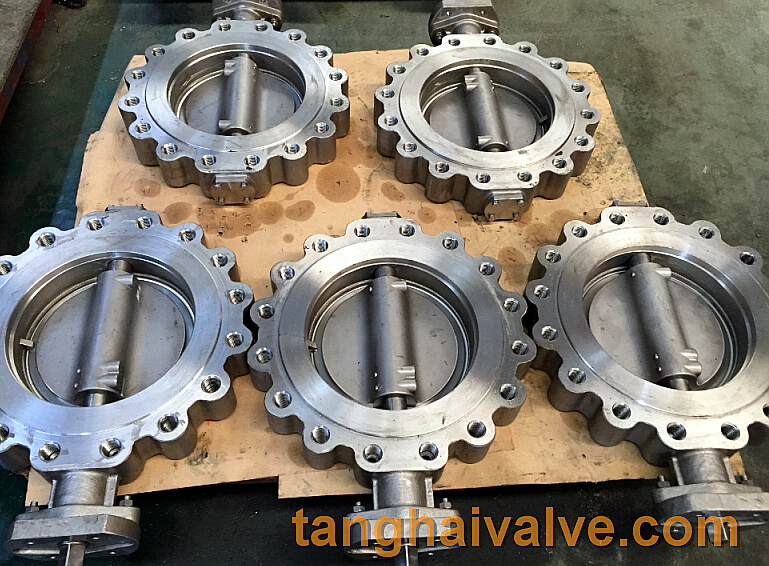
lug type butterfly valve body
430 ferritic stainless steel containing more than 12% chromium can prevent oxidation caused by natural factors. It is called stainless steel. It belongs to 430 ferritic stainless steel. It has low thermal expansion rate, excellent formability and oxidation resistance. The code name in JIS is 430, so it is also called 430 stainless steel.
Application of 430 ferritic stainless steel: 430 stainless steel (16Cr) is often used to make household appliances, heat-resistant appliances, burners, home appliances, class 2 tableware, kitchen sinks, exterior decoration materials, bolts, nuts, CD rods, screens .
The difference between 430 stainless steel and 304, 316 austenitic stainless steel: 430 stainless steel and 304, 316 austenitic stainless steel are identified by spectral analysis and chemical element analysis. Both 304 and 316 are austenitic stainless steels. 316 is made of 304 stainless steel with molybdenum added. Therefore, 316 stainless steel has much better seawater and rust resistance than 304.
The difference between 304, 316 and 430 lies in the rust resistance. In addition to chromium, 304 and 316 also contain elements such as nickel and molybdenum, and are non-magnetic. Therefore, the rust resistance of 304/316 austenitic stainless steel is better than 430 stainless steel is much better and the price is much higher. To
Can the 430 stainless steel magnet hold it? 304 and 316 are not magnetic and cannot be attracted by magnets. Generally, it does not generate heat in a high-voltage electromagnetic environment, so it is used more. Martensitic and 430 ferritic stainless steel, precipitation hardening stainless steel are magnetic, and magnets can attract them.
Will 430 stainless steel rust? 430 stainless steel cannot resist the oxidation caused by chemicals in the air. Because there are more and more acidic chemicals in the air, 430 stainless steel will still be oxidized (rusted) due to unnatural factors after being used for a period of time.
Which is better, 430 stainless steel or 304? 304 austenitic stainless steel has excellent corrosion resistance and no magnetism. Relatively speaking, austenitic stainless steel 304 is better than 430 ferritic stainless steel.
How expensive is 430 stainless steel compared to 304? Generally speaking, austenitic stainless steel 304 is twice as expensive as 430 stainless steel.
TH Valve is a professional manufacturer of butterfly valve, gate valve, check valve, globe valve, knife gate valve, ball valve with API, JIS, DIN standard, used in Oil, Gas, Marine industry, Water supply and drainage, fire fighting, shipbuilding, water treatment and other systems, with Nominal Diameter of DN50 to DN1200, NBR/EPDM/VITON, Certificates & Approvals: DNV-GL, Lloyds, DNV, BV, API, ABS, CCS. Standards: EN 593, API609, API6D
Related news/knowledge:
Stainless steel vertical check valve;
Wafer type double disc swing check valve introduction;
Pneumatic ball valve model preparation method;
Pneumatic butterfly valve model name coding method

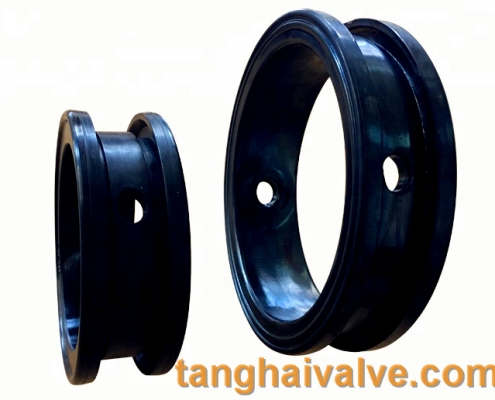
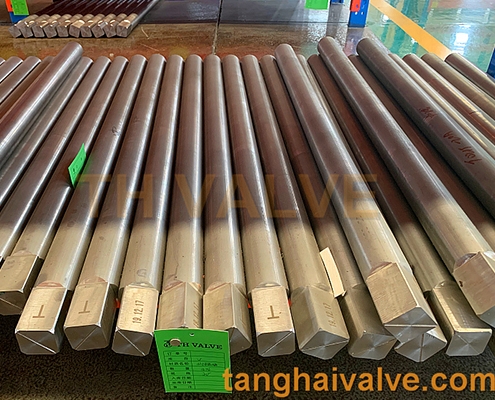
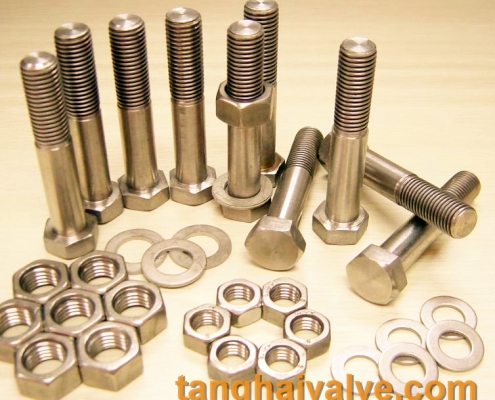
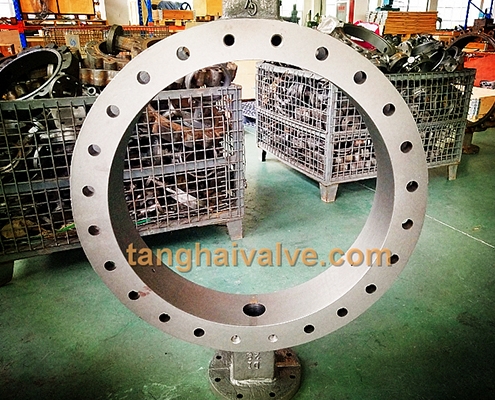
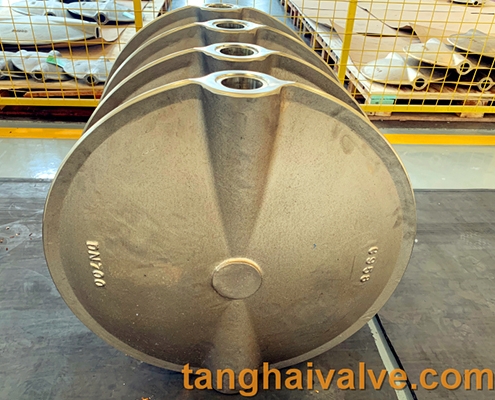
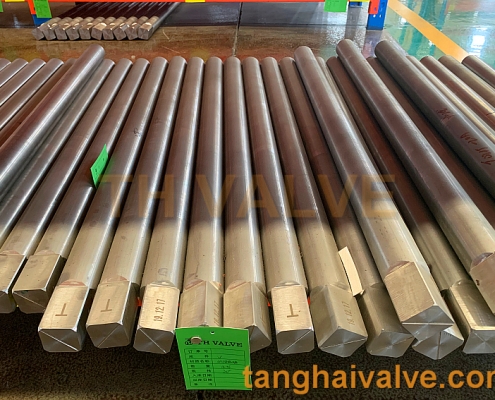 tanghaivalve.com
tanghaivalve.com

 © Copyright 2020 Tianjin Tanghaidongyang Valve Co., Ltd. All Rights Reserved.
© Copyright 2020 Tianjin Tanghaidongyang Valve Co., Ltd. All Rights Reserved.